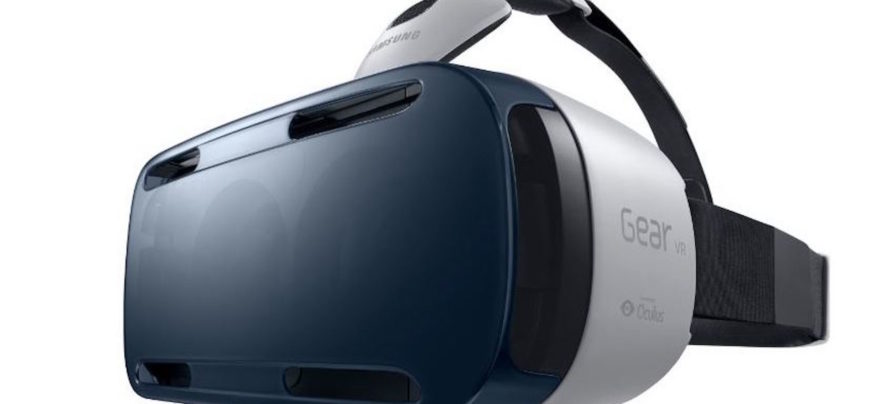Once the stuff of science fiction, virtual reality (VR) first became actual reality when it crossed into the world of consumer entertainment. Today, VR is increasingly being incorporated into the world of professional training. For medical practitioners in particular, VR technology offers new ways to train for complicated procedures, with practically no risk to patients.
Using virtual reality in healthcare, an individual enters a computer-generated simulation of a three-dimensional world, using helmets, gloves and other sensors to interact with this virtual environment.
In the realm of training, today’s highly sophisticated VR renderings make it possible for medical practitioners to experience catastrophic scenarios, examine rare conditions and witness complex procedures through the eyes of skilled practitioners. A few examples of the diverse applications of VR include response to a severe allergic reaction in an outpatient clinic, disaster response with multiple casualties, high-risk endovascular procedures such as carotid stenting, delicate heart surgeries and other complex procedures.
In one VR training application, observers are able to witness what goes on inside the mind of a person with schizophrenia. The realistic VR simulation put participants on a city bus and surrounded them with the sights and sounds seen and heard by a person with schizophrenia in order to help them better treat patients with mental illness.
Other uses include a vision simulator that allows students to explore structures of the eye using a virtual patient. Trainees can examine various vision problems, while a visual simulator makes it possible to explore the way brain damage impacts vision.
What do all these have in common? In each case, it’s highly unlikely that the student would have the opportunity to undertake hands-on training. Risk to the patient is too high if a new learner is placed in the position of carrying out these operations, which are both high-risk and extremely complex.
Moreover, these skills are often best learned “hands on,” through direct observation and participation. “This isn’t something you learn in a textbook,” says Henry Stuart, CEO of VR content provider Visualise. “With VR you can get right up next to it, and as VR technology develops further you will be able to move around it. That kind of technology is going to be absolutely magical when it comes to training.”
Benefits of VR Use
Medical educators are discovering a range of benefits from VR technology. First and foremost, training with VR in healthcare can take the risk out of complex medical procedures, bringing students close to the procedure while still leaving the actual work in the hands of the expert guide. Unlike a textbook or a classroom demonstration, VR in healthcare offers the possibility of an accurate and realistic simulation.
VR offers unique efficiencies, as large numbers of students in multiple locations can don their headsets and follow along through a lesson from multiple locations. Ultimately, VR offers a visual, participatory approach to learning that augments the traditionally static textbook approach. The virtual approach brings an element of personal engagement, which often can lead to better comprehension and retention.
Empirical evidence backs up these assertions. At Miami Children’s Health System, for instance, researchers say the retention level a year after a VR training session can be as high as 80 percent, versus 20 percent retention after only a week with traditional training.
At the same time, VR is becoming an increasingly affordable option. Analysts predict that by 2018, 90 percent of all VR headset sales will be along the lines of Samsung Gear VR, powered by a mobile device rather than a console.
Physician, Train Thyself
If medical training is helping drive that demand, it’s not just because VR produces better students: It’s because the VR experience actually produces better doctors.
How so? Take for instance the technology known as “force feedback,” which adds a level of tactile response to the VR experience. This means the VR simulation will essentially push back, allowing students to literally feel when they’ve done a procedure wrong. This kind of tactile reinforcement helps the student to build up an ingrained understanding of the appropriate way to carry out a complex procedure.
Taken together, it isn’t hard to see why VR is becoming a driving force in medical training. Students may learn better and retain information more effectively by engaging in an immersive experience. Virtual classrooms can bring down the cost of training by engaging multiple students in a single session.
Perhaps most significantly, virtual reality in healthcare introduces students to complex or unusual situations and procedures, with no risk to patients. In the “real” world, instructors would be unlikely to give students anything more than a supporting role in a complex procedure. With VR, learners can glean information from the center of the action, honing their skills in ways that previously would have been impossible.








